通过去除表面羟基在钛基体上制备不含有机物的超疏水表面的新方法
A novel method to fabricate organic-free superhydrophobic surface on titanium substrates by removal of surface hydroxyl groups
——————————————————————————————
发表状态:
Applied Surface Science 479 (2019) 1089–1097
研究团队:
Hao Wu, Li Xie, Ruitao Zhang, Yuan Tian Suru Liu, Min He, Chao Huang, Weidong Tian
研究内容:
钛(Ti)及其合金已广泛用于生物医学应用,并且表面润湿性在其应用过程中产生很大差异,特别是接触角(WCA)>150°的超疏水表面引起了人们的极大兴趣。到目前为止,大多数在Ti衬底上制造超疏水表面的方法都会引入具有低表面自由能(SFE)的外部有机物,这些有机物可能会影响Ti表面的固有化学成分,并且长时间暴露会面临降解的风险,但矛盾的是在没有有机涂层的情况下,要在Ti基材上实现超疏水表面似乎非常困难,很少有研究报道。本文通过包括阳极氧化、H2O2和时效处理在内的新方法成功地制造了超疏水Ti表面(WCA = 151.9°),在此过程中,没有引入低SFE的外部有机物。所制备的表面涂有TiO2层,呈现出多孔形貌,其坑洼结构的数量(Ra)约为1.21μm。其机理在于碳氢化合物的吸收和羟基(OH)基团的减少共同改变了Ti表面的固有润湿性,其中H2O2去除OH基团和时效处理起着至关重要的作用。结果表明,表面微粗糙度和固有润湿性下降是形成超疏水性的原因,这种新方法可以在不改变Ti / TiO2表面固有性质的情况下实现超疏水性,在生物医学应用中具有巨大的潜力。
Abstract
Tianium (Ti) and its alloys have been extensively used for biomedical applications and surface wettability makes large differences during their applications. Especially, superhydrophobic surfaces with water contact angle (WCA)>150° are under great interest and are now finding increased use in the biomedical arena. Up to now, most fabrication of superhydrophobic surface on Ti substrates would introduce external organics with low surface free energy (SFE), which could influence the intrinsic chemical components of Ti surface and face the risk of degradation when exposed for a long time. But it seems quite difficult to achieve superhydrophobic surfaces on Ti substrates without organic coating and few researches have been reported. Herein, a superhydrophobic Ti surface (WCA = 151.9°) was successfully fabricated by a novel method including anodization, H2O2 and aging treatment. During this procedure, no external organics with low SFE were introduced. Then surface topography and roughness, 3D morphology, wettability, crystalline structure and chemical components of the as-prepared samples were characterized. The as-prepared surface was coated with a TiO2 layer, and exhibited a porous morphology with numbers of crater structures with roughness value (Ra) about 1.21 μm. It was found the absorption of hydrocarbon and decrease of hydroxyl (OH) groups together changed the intrinsic wettability of Ti surface, where the removal of OH groups by H2O2 and aging treatment played a critical role. The results indicated that surface micro-roughness and declined intrinsic wettability were responsible for the formation of superhydrophobicity. This novel method could achieve superhydrophobicity without changing the intrinsic properties of Ti/TiO2 surface and would have great potential in biomedical applications.
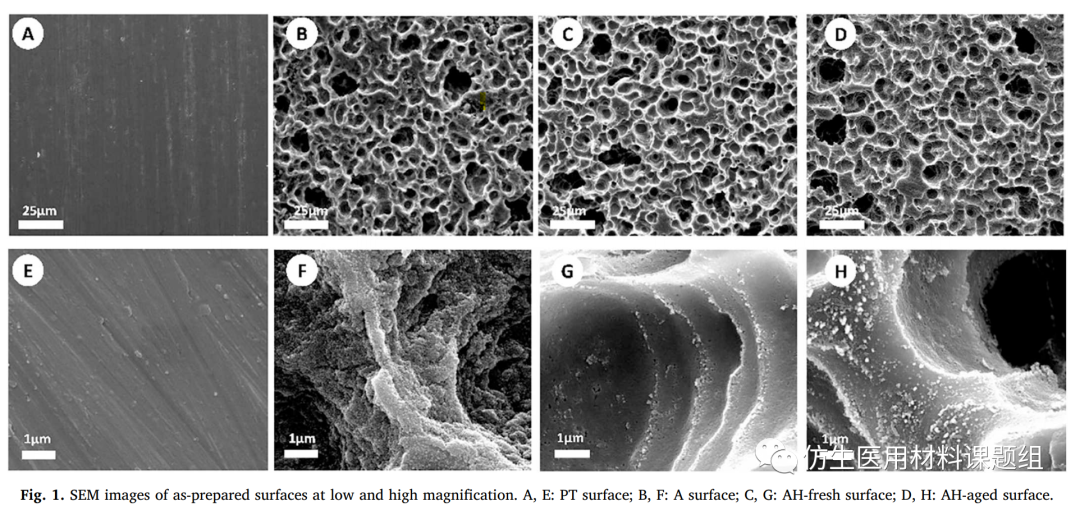
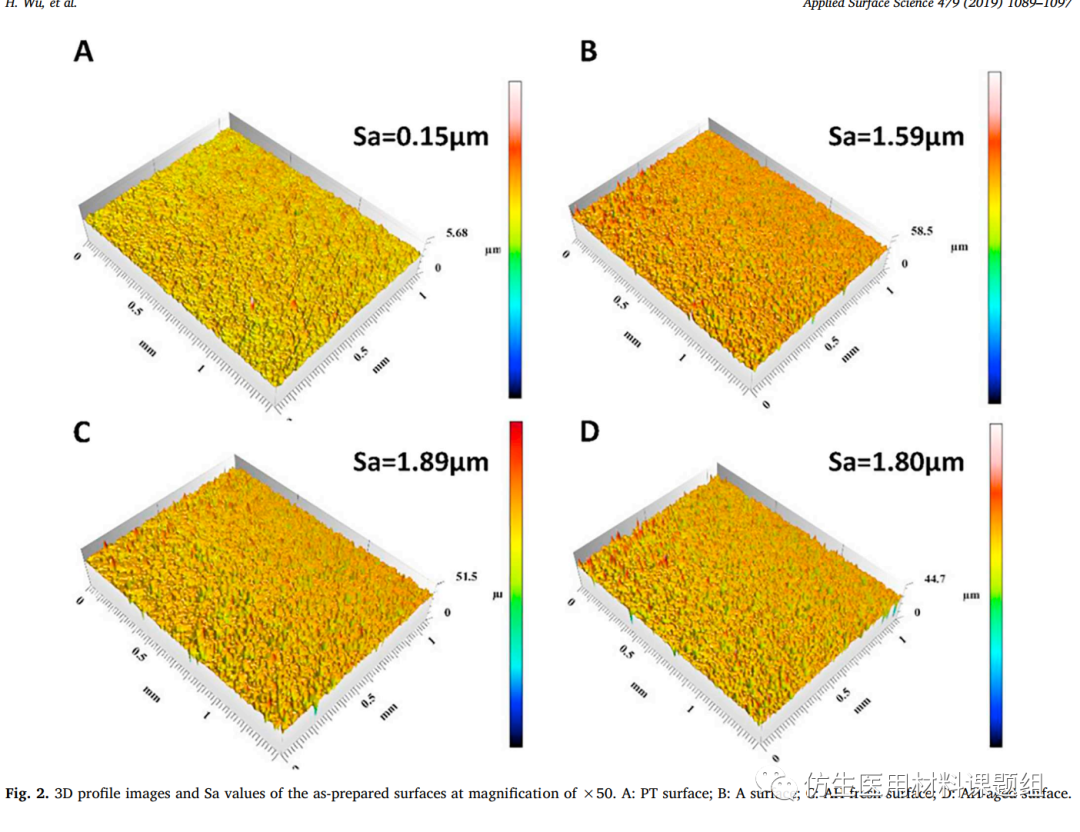
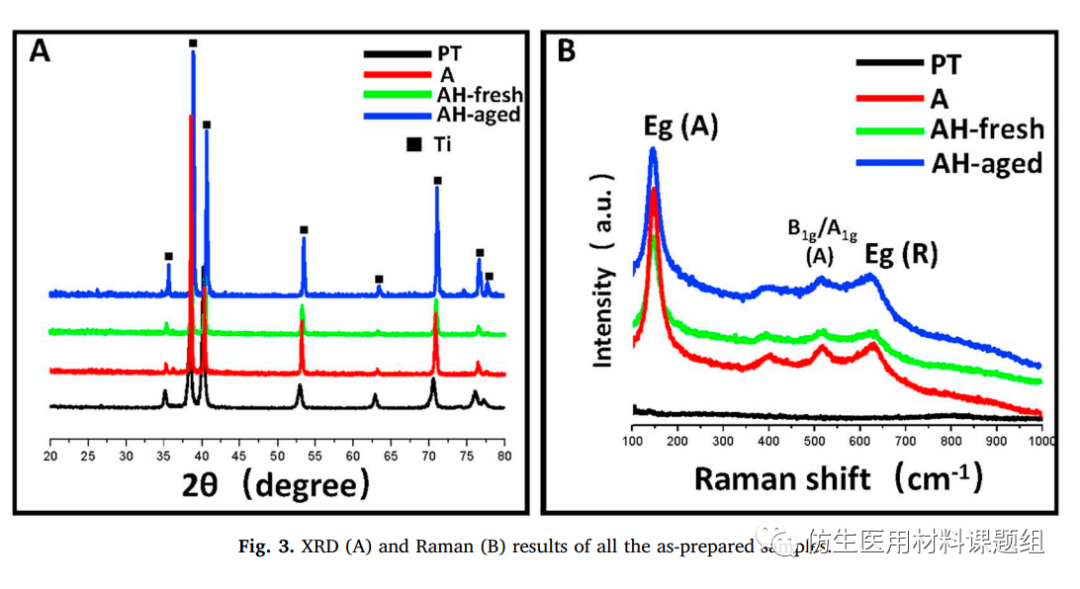
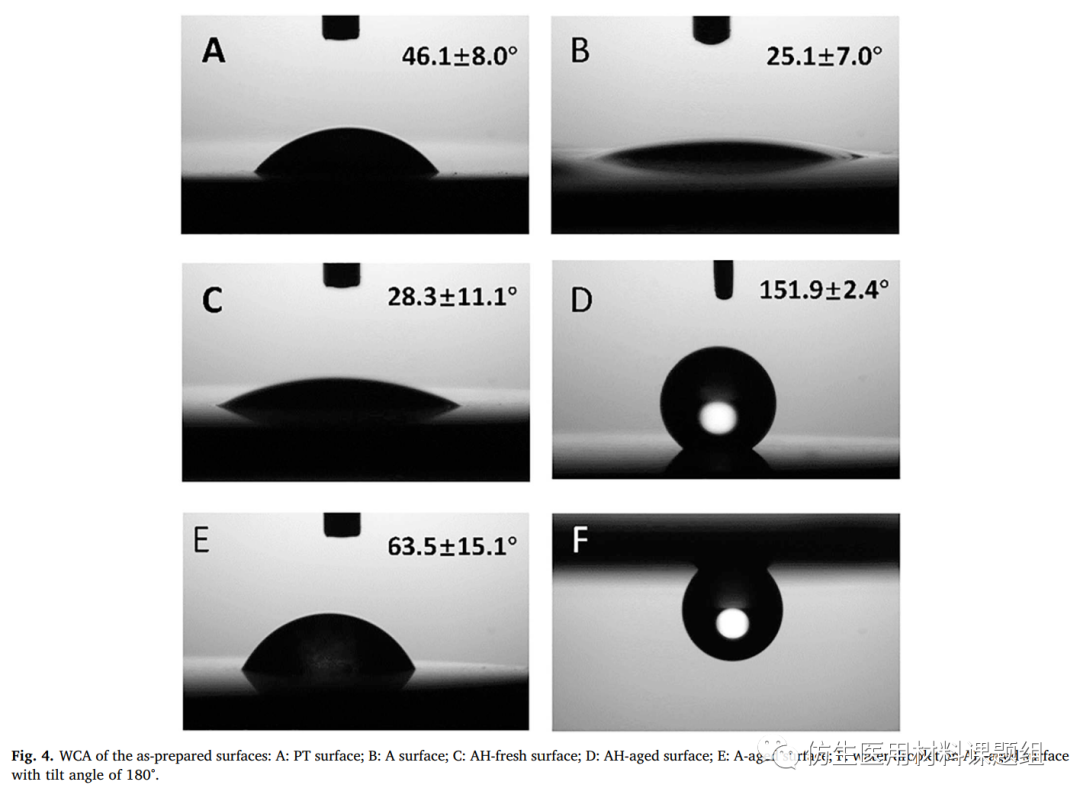
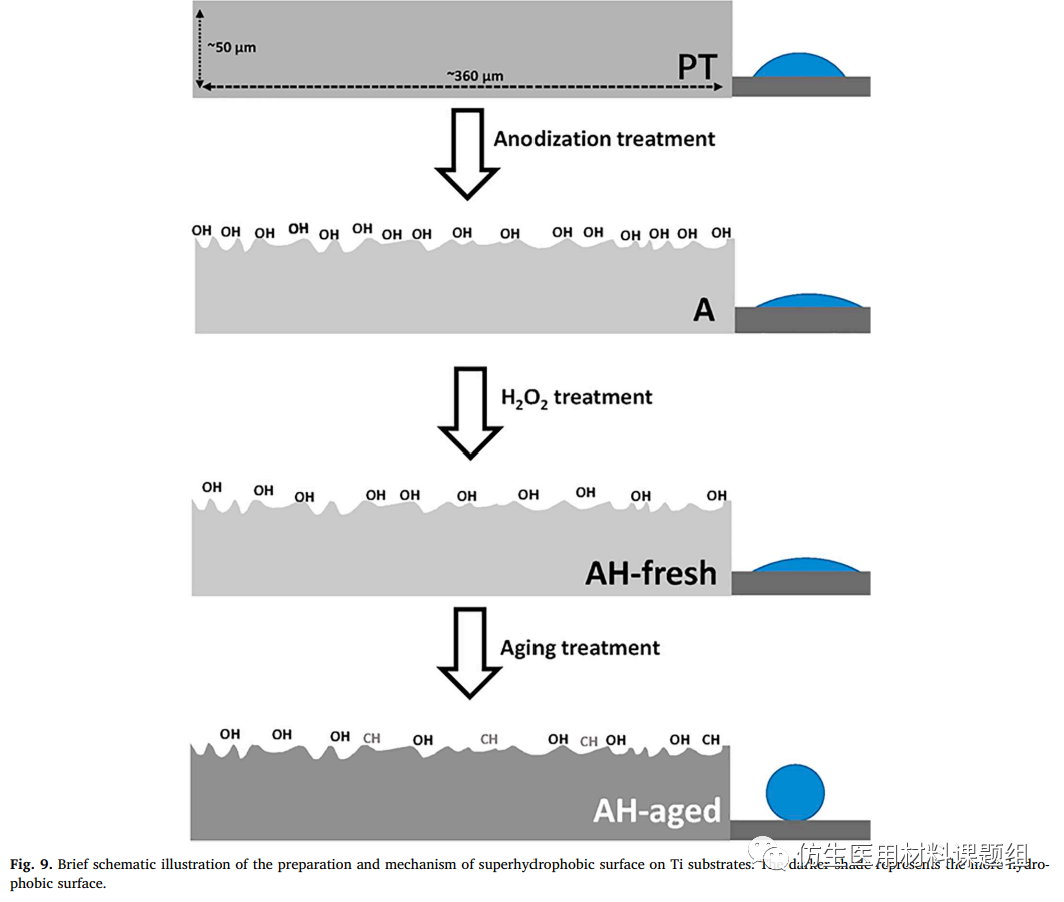

随着电子产品防水需求的不断提高,从原先的 IP54到现在的IP67IP68等级!市场上出现了防水透气膜和防水透音膜,目前这两种不同的材料应用被搞混了,今天便与大家一起讨论防水透气
最近各地降雨量激增,所以手机就难免会沾点水,作为生活中不可或缺的电子产品,防水已经成为一个十分重要重要功能,而且个人对目前的IP68手机市场是相当不满意的。为什么?太贵
自然界中荷叶具有出淤泥而不染的典型不沾水特性(学术上称为Cassie-Baxter状态),具有自清洁、抗结冰、减阻、抗腐蚀等广泛应用价值,而玫瑰花瓣则具有水滴高粘附特性(称为Wenze
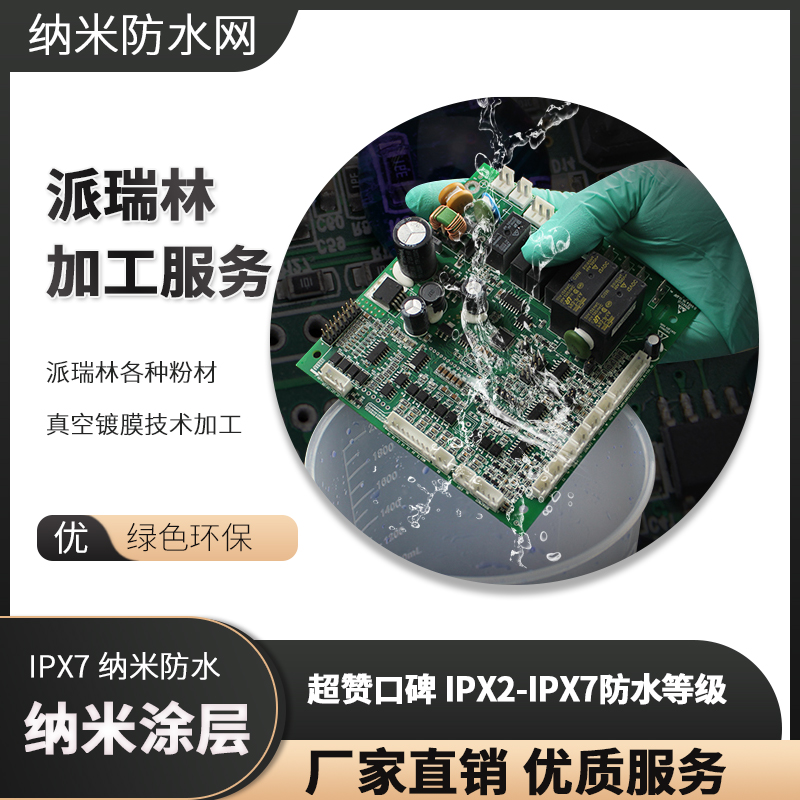
派瑞林各种粉材真空镀膜技术加工 纳米涂层防水处理
派瑞林各种粉材真空镀膜技术加工 纳米涂层防水处理
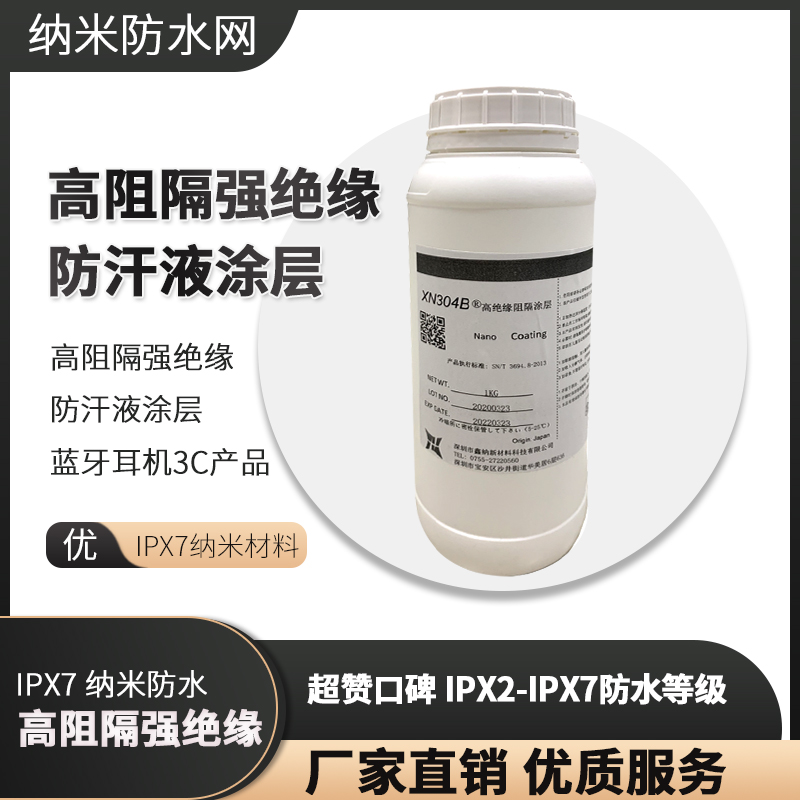
高阻隔强绝缘防汗液涂层蓝牙耳机3C电子产品IPX7纳米材料
高阻隔强绝缘防汗液涂层蓝牙耳机3C电子产品IPX7纳米材料
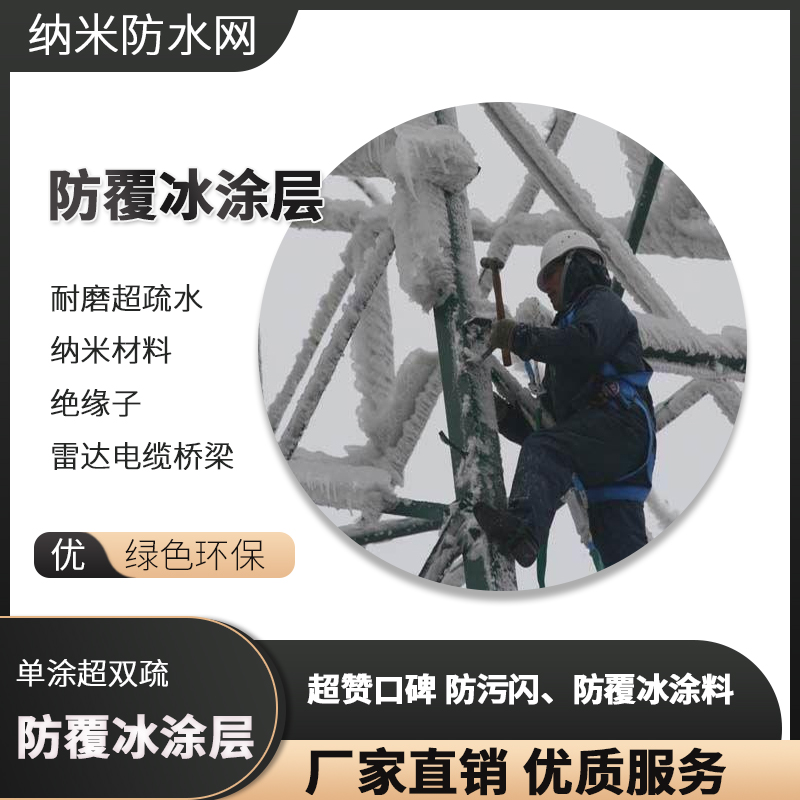
耐磨超疏水纳米材料 绝缘子架空导线电缆桥梁防覆冰涂层
耐磨超疏水纳米材料 绝缘子架空导线电缆桥梁防覆冰涂层
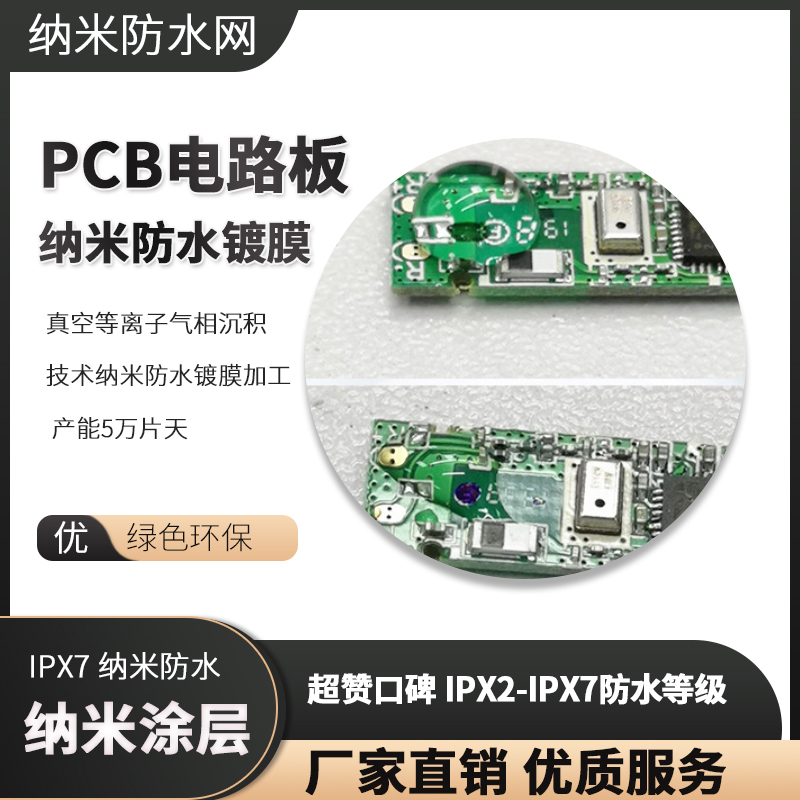
真空等离子气相沉积技术纳米防水镀膜加工 产能5万片天
真空等离子气相沉积技术纳米防水镀膜加工 产能5万片天
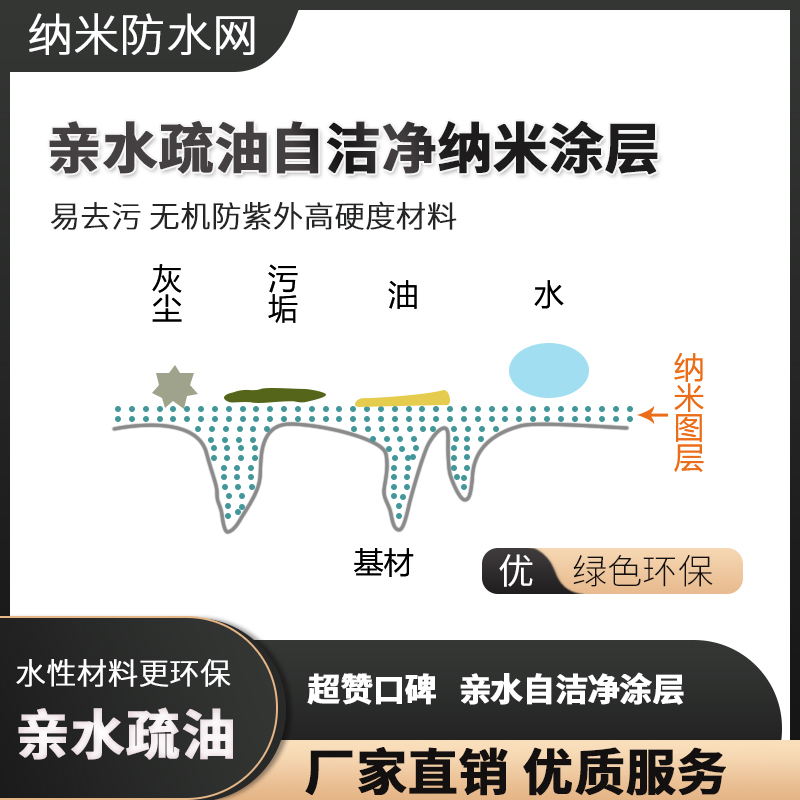
亲水疏油自洁净纳米涂层 易去污 无机防紫外高硬度材料
亲水疏油自洁净纳米涂层 易去污 无机防紫外高硬度材料
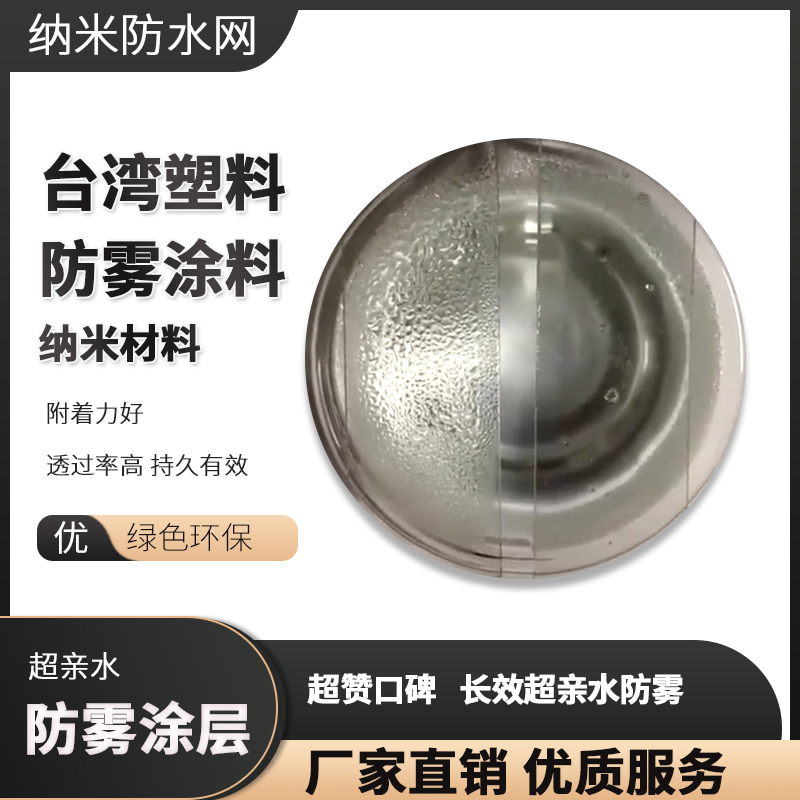
台湾超亲水防雾塑料专用 附着力好 透过率高 持久有效
台湾超亲水防雾塑料专用 附着力好 透过率高 持久有效


